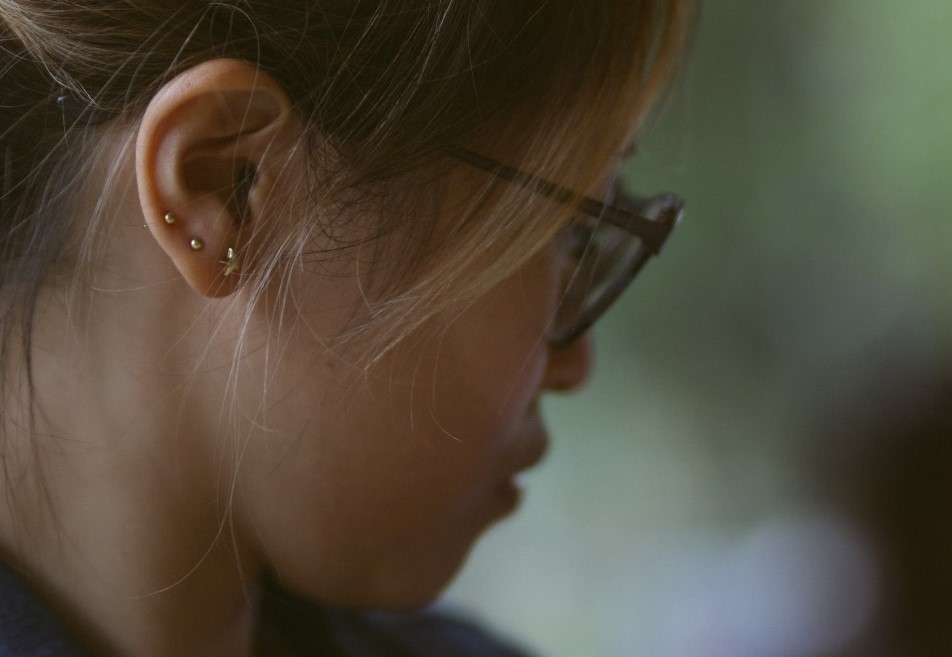Getting your ears pierced, either for the first time or to add another set of holes, can be an exciting event. But it’s crucial not to let that excitement overshadow the necessary precautions. A clean, secure, and well-managed process of ear piercing can eliminate potential risks, such as infection or allergic reactions. Here’s a list of the most important precautionary steps you should take to ensure safe and incredibly satisfying ear piercing.
Consultation with Piercing Professional
Before proceeding with the piercing, set an appointment for a one-on-one consultation with your piercing professional. This meeting is a chance to discuss placement, type of earrings, the procedure, healing process, and any other queries.
Decide on the Type of Jewelry
Choice of earrings for initial piercing should not merely be aesthetics-driven, but safety and convenience should be prime considerations. Hypoallergenic materials such as surgical steel, titanium, 14 or 18 karat gold are excellent choices. Avoid any jewelry that contains nickel, as it can cause allergic reactions.
Placement and Marking
Before making any holes, it’s important to choose the wanted spot. Earlobes, tragus, conch, helix, there are so many options. A professional can guide you to pick the most suitable area, considering your anatomy and personal preference. Your piercer will then mark the point(s) that will be pierced, which allows you an opportunity to verify and affirm the location.
Sterilization Process
To minimize the risk of infection, sterilization of all tools, including needles, earrings, and forceps, is of utmost importance. Autoclave sterilization is the gold standard in piercing studios, because it uses steam under pressure to kill all infectious organisms, including the spores. Demand to see the equipment being sterilized or taken from a sterile packet to guarantee cleanliness.
Take Note of Allergic Reactions
Have an honest and open discussion with your professional about any history of allergies you might have, especially relating to metals. Identifying your potential metal allergies before piercing can save you weeks or even months of discomfort down the line.
Avoid Piercing Guns
It’s recommended to avoid the use of piercing guns, especially for cartilage piercings. The high-pressure impact can cause trauma to the tissue and increase the risk of complications. Needle piercing is a safer method as it removes a small piece of tissue creating a perfect spot for jewelry.
Post-Piercing Aftercare
Once the piercing process is complete, aftercare becomes crucial to prevent infection and promote positive healing outcomes. Follow the aftercare instructions given by your professional, which includes cleaning the piercing routinely with a saline solution, avoiding touching it with dirty hands, and refraining from changing the earring prematurely.
Be Aware of Signs of Infection
Post-piercing, it’s normal to have some swelling, redness, or slight discomfort for a few days. But, if your ear remains excessively swollen, and the redness or pain increases over time instead of subsiding, these can be signs of infection. In such cases, seeking immediate medical assistance is required.
Choose a Dependable Piercing Studio
The choice of a good, professional piercing salon, such as Blomdahl is pivotal, as hygiene and expertise are most crucial. Look out for licensed places with certified professionals who have extensive experience in ear piercing. Online customer ratings and reviews can provide valuable insights about their services. A personal visit to the salon will also allow you to check its cleanliness and sanitation standards.
Stay Healthy
You have a role to play in a successful piercing process too. Leading up to and after your appointment, take care of your overall health. Staying hydrated, eating nutritious food, getting sufficient sleep, and avoiding stress can boost your immunity, which in turn, aids faster and easier healing.
Proper Rest and Care
Amidst the thrill of getting a piercing, it might be easy to overlook the importance of adequate rest post-procedure. It’s normal for your body to undergo minor stress after a piercing, thereby requiring some extra care. Be sure to get bountiful sleep, avoid strenuous activities, especially those that might strain your ear such as wearing over-ear headphones for some time to facilitate smooth healing. And yes, remember to be gentle while brushing your hair or changing clothes to avoid accidental hits on the newly pierced ear.
Managing Expectations
Last but not least, manage your expectations. Every person’s experience with ear piercing varies. Your healing time could differ rapidly from that of a friend’s. It’s important to understand that body modifications like ear piercings take time to heal completely and become truly a part of you. Experiencing initial discomfort, swelling, or even slight pain is normal, but steadily, it will become easier, and your ear will adapt to the new addition. Moreover, once your piercing has healed sufficiently, you’ll have the freedom to express your style through a new multitude of accessories!
Final Thoughts
The decision to get your ear pierced should always be followed by a careful review of necessary precautions and preparations. The success of a piercing lies not just in the aesthetic appeal, but in its safe and clean execution followed by dedicated aftercare. So, take the time, do the research, and be ready to treat your new body modification with the respect it warrants. It’s an exciting journey, one that you’ll want to remember for all the right reasons.



